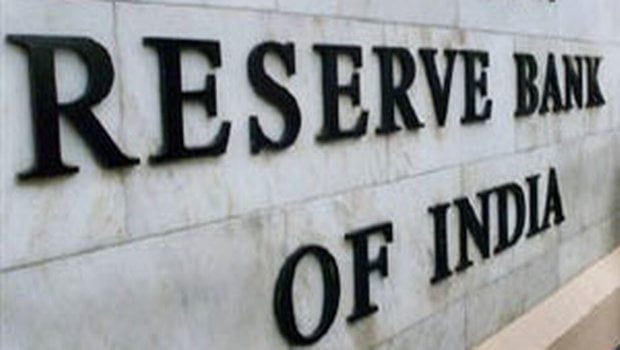India is one of the largest cash dependent nations in the world. A majority of people in the world’s largest democracy have the tendency to use cash for most of the transactions. This has created a challenge for the Indian central bank —The Reserve Bank of India to maintain the liquidity in the country’s monetary system. In order to ensure there are enough bank notes to go around, the premier bank is forced to print more currency and constantly destroy the old banknotes that are either soiled or damaged.
The Reserve Bank of India, in order to reduce its expenses and to ensure better accountability has been actively promoting the transition to a cashless society by urging people to make use of electronic payments systems like credit and debit cards. But that is not enough, as the country with over 1.25 billion in population has only 643.19 million debit cards and 22.74 million credit cards in use (as on December 2015). Even though a majority of the population have debit cards, most of the debit card transactions happen on ATM machines, used to withdraw cash and only 10 percent of merchants across the country have PoS terminals. The low penetration of electronic payment systems and cash maintenance and operations is costing the Indian banking sector about $3.5 billion a year.
The Reserve Bank of India along with the National Payments Corporation of India has also introduced a domestic card payments scheme called RuPay, on par with MasterCard and Visa networks for domestic card usage. RuPay in collaboration with Discover Financial enables international payments using RuPay powered cards. However, the results have left much to be desired. In order to further streamline the process of migration from cash-dominant society to a cashless society, the Reserve Bank of India is now looking into the adoption of Blockchain technology.
Yesterday, Deputy Governor of the Reserve Bank of India HR Khan has announced the central bank’s intentions of forming a committee to study the usage of blockchain technology to reduce the use of paper currency. He was quoted by one of the leading Indian publication saying –
“Blockchain is one thing that has come out of Bitcoin which provides a lot of flexibility in terms of financial transactions. So, we need to study… how this Blockchain technology can be used in financial transactions where the entire data systems move to some more levels,”
The announcement was made at a press conference organized during an event organized by the Institute for Development and Research in Banking Technology (IDRBT). By reducing the usage of paper currency, the Reserve bank of India will not only be able to reduce the costs associated with printing, transport and maintenance of the currency notes in circulation but it will also be able to effectively combat counterfeiting of Indian currency notes.
Counterfeit currency notes have been one of the longstanding issues faced by the Indian financial system. The country receives a large number of fake currency notes smuggled across the border from neighboring Pakistan and Bangladesh, forcing the banks and even people to be extra cautious while accepting currency notes of large denomination. With the use of blockchain based digital Indian rupee, the counterfeiting issue can be resolved effectively.
The Indian central bank’s initiative to set up a committee to study blockchain technology doesn’t come as a surprise as the Reserve Bank has been hinting about the use of Bitcoin technology in the past.
Ref: LiveMint | The Times of India | Medianama | Image: The New Indian Express























